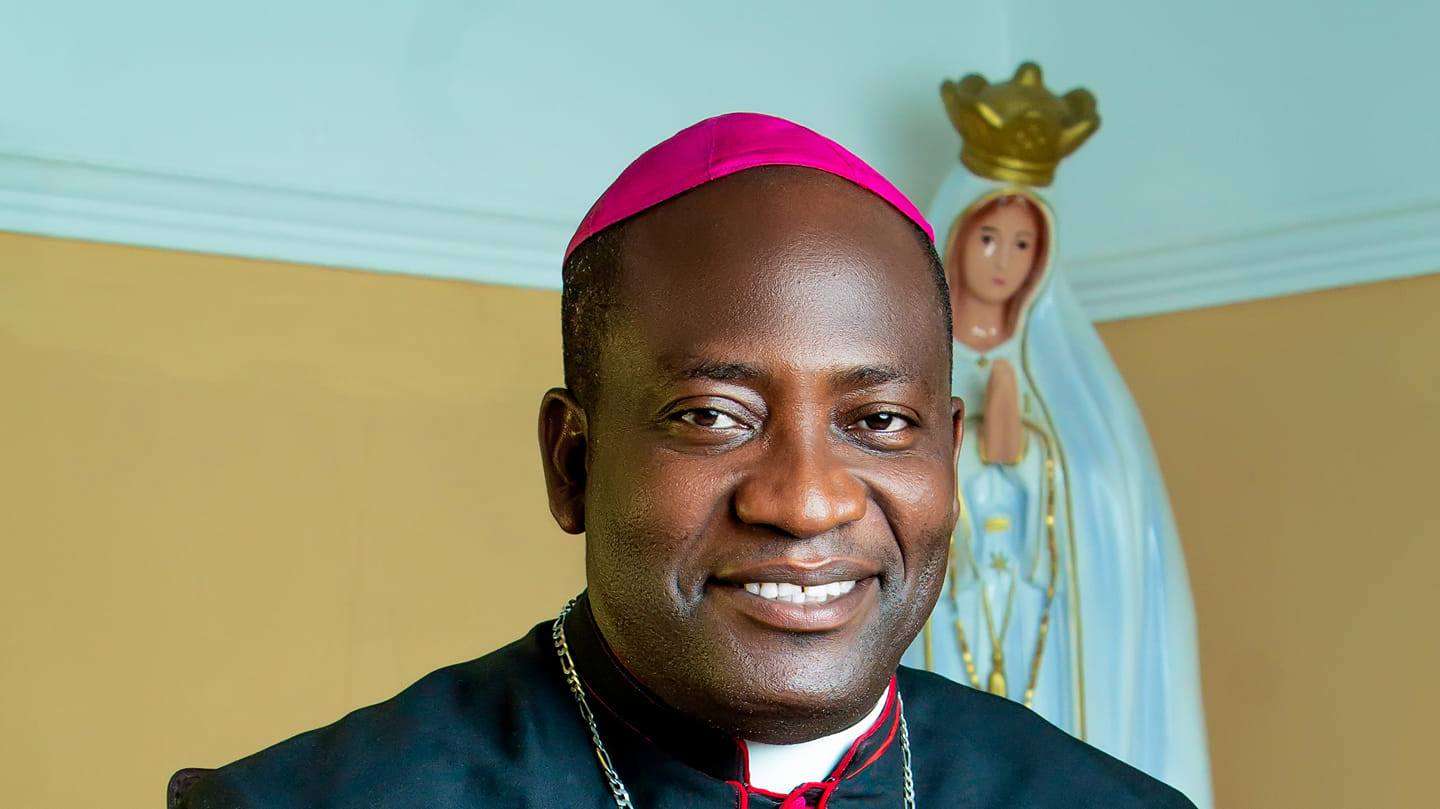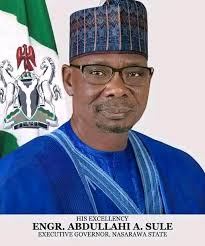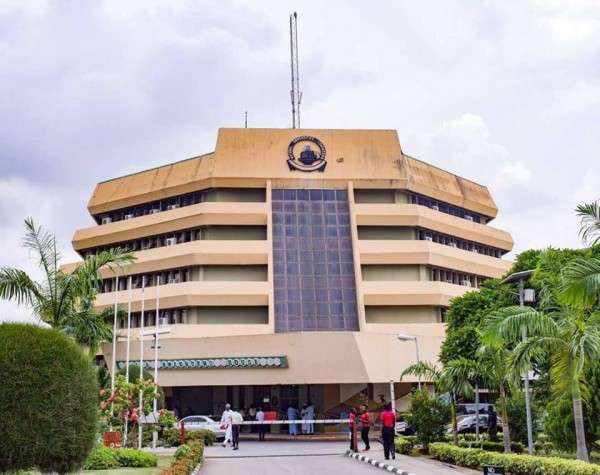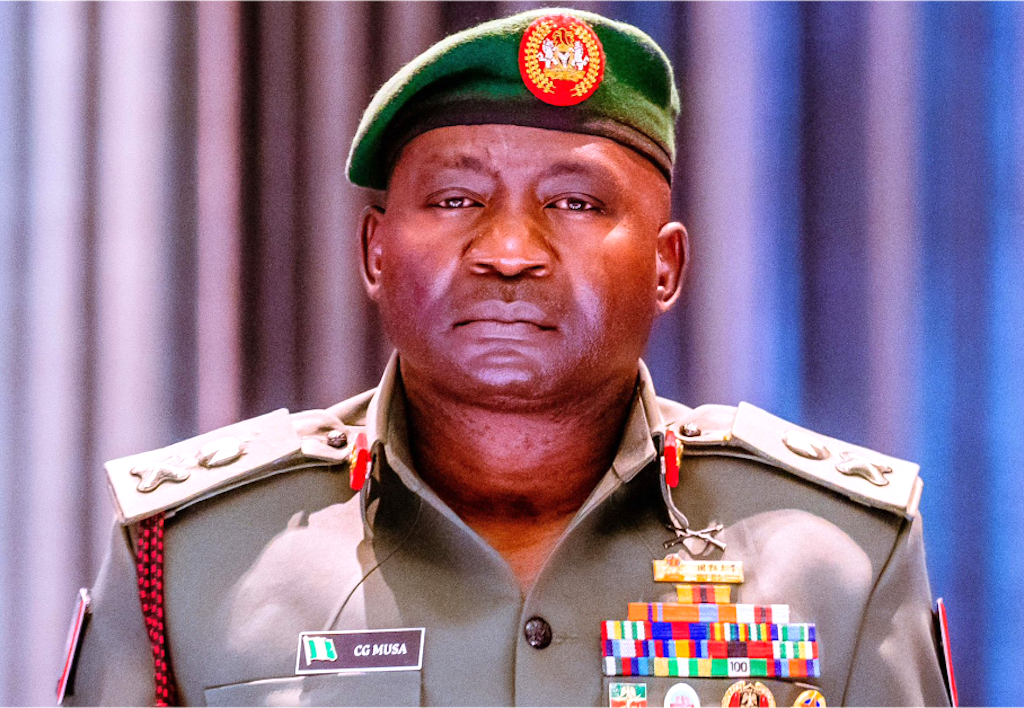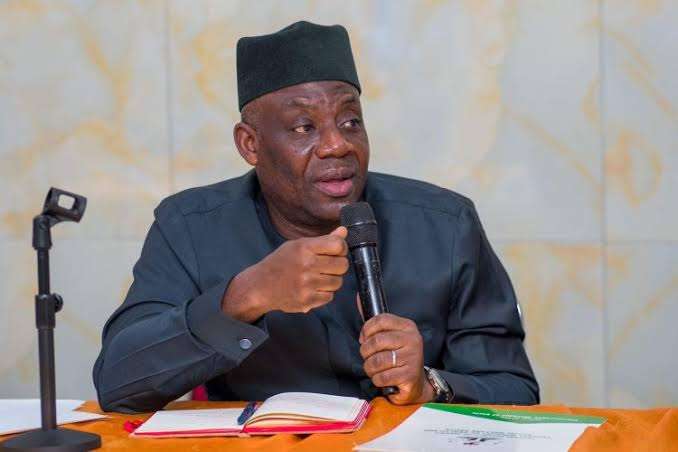By Godwin Igber
A new report by the World Health Organisation and the United Nations Children’s Fund has shown that 14.3 million children worldwide have not received a single dose of any vaccine.
In an interview with The Whitewaters Digest, a medical expert at the Benue State University Teaching Hospital, Makurdi, Msonter Anzaa, said the Nigerian government must make conscious efforts to vaccinate 52% of affected children in the country.
According to him, government must ensure that out-of-reach areas are accessible and tackle the continuous issues of insecurity affecting the majority of rural dwellers, while calling for increased engagements with community and religious leaders, women and youth groups as well as health workers for increased immunization awareness campaign.
“And if it is a problem of insecurity, there is a need to fundamentally address the root causes of insecurity so that people can go back to their communities and access healthcare at their respective villages. So I believe these are some of the steps that we need to take to be able to increase the vaccine coverage in the country”. He said.
Anzaa further called for the strengthening and improvement in the Primary Healthcare PHCs facility at every political ward in the country, noting that they are majorly responsible for the administration of vaccines at the grassroots.
He also reiterated that there are vaccine-preventable diseases for children and adults targeted in Nigeria under the National Immunization Programme (NIP) schedule.
“It shows the age, the doses, and even the site of administration. Some vaccines are given as injections, others are given as drops in the mouth, and so on”, Anzaa explained.
According to him, there are challenges of funding, storage facilities, logistics and vaccine hesitancy among others still affecting the provision and administration of effective vaccination in the country.
Emphasising the need to design specific intervention strategies to target those areas that account for discrepancy, Anzaa also called for increased public awareness campaigns and engagement with stakeholders in the out-of-reach communities.


